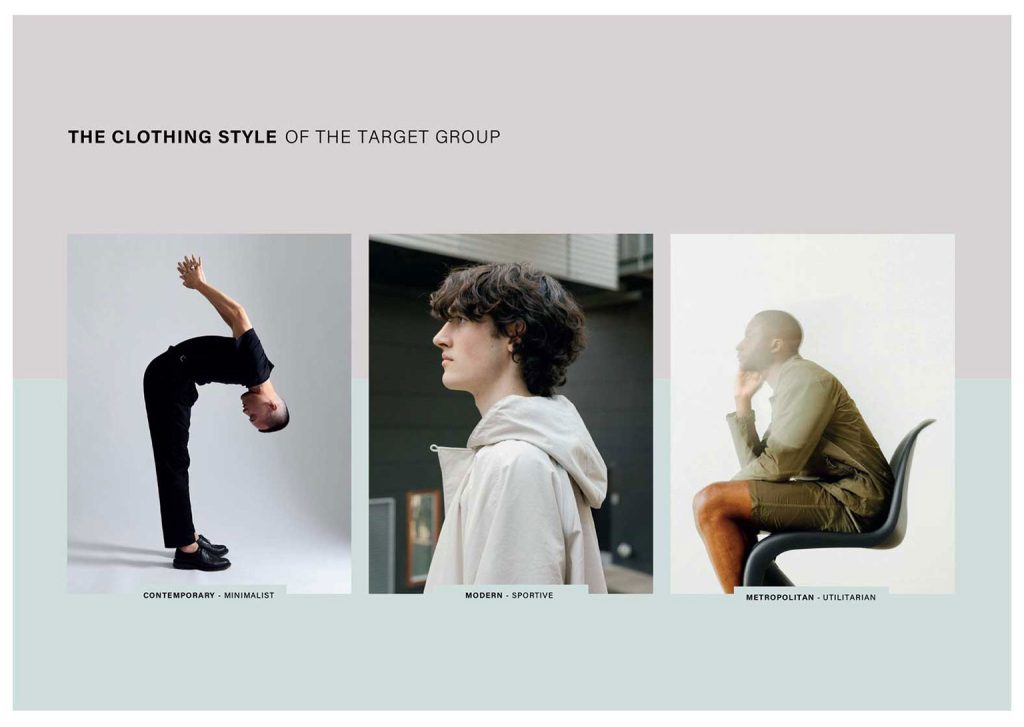
Brand Positioning
For Clothing Brands
Effective Strategies for Success
Creating a Brand Positioning Strategy for a new clothing brand may be challenging. Still, it can become an exciting and rewarding project with some patience, proper perspective, and professional guidance.
If you’re an aspiring clothing startup, your goal should not only be to create a brand but to create one that profoundly resonates with your target audience and stands out from your competitors.
A strong brand positioning is crucial for success in the highly competitive fashion industry, particularly for newcomers.
In this article, we have highlighted some key elements of brand positioning that are essential for clothing brands.
If you want to create a strategy that will enable you to build a thriving clothing brand, feel free to contact us. We would be happy to help you achieve your goals.

What is Brand Positioning, and Why Is It Essential for Clothing Brands?
Having an effective brand positioning is crucial for clothing brands for several reasons. Firstly, it helps your brand to stand out in a highly competitive market.
With numerous clothing brands competing for consumers’ attention, having a unique and persuasive positioning allows your brand to distinguish itself and attract customers.
Secondly, brand positioning helps to create an emotional connection with your consumers by defining your brand’s values and personality, ultimately leading to brand loyalty.
It outlines the unique place you want your brand to hold in the minds of your target audience. It guides marketing efforts and decisions to align with your brand’s mission and values.
Your brand strategy is the foundation for communicating with your audience and it provides reasons why they should choose your brand over others.
Make Your Clothing Brand Stand Out In a Highly Competitive Market
Standing out in a market filled with numerous clothing brands is crucial for the success of your business. To differentiate your brand from competitors, focus on unique features.
This process begins with understanding your brand’s core values and how they align with your target audience. Your brand positioning strategy should resonate with your intended customer base while providing a unique selling point that distinguishes your clothing line from others.
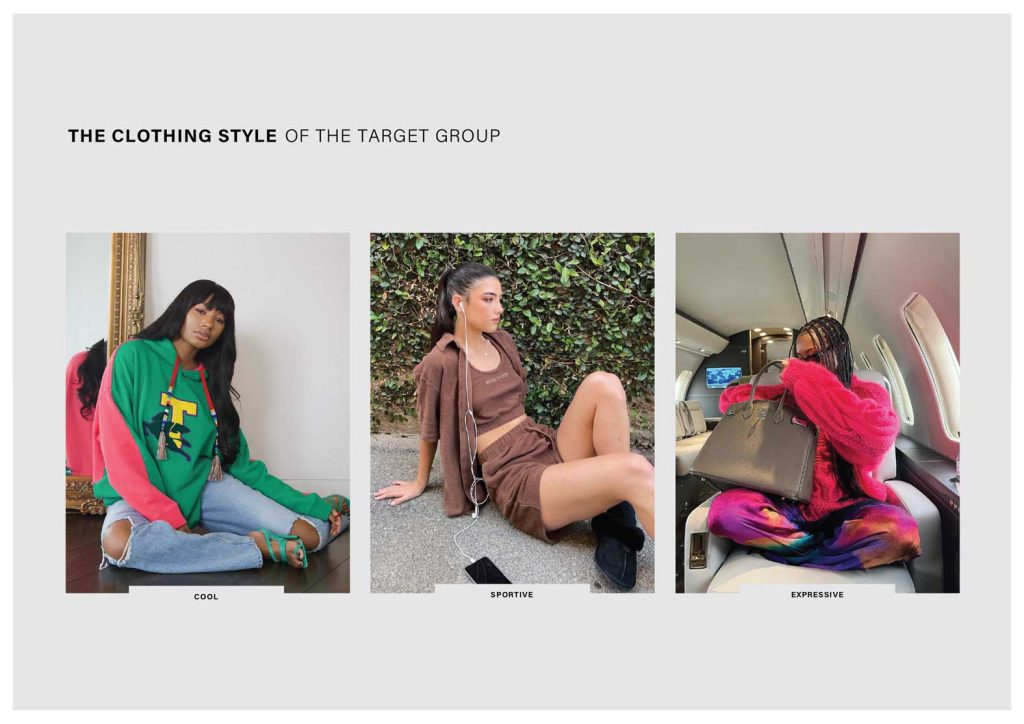
What are the Key Elements of a Successful Brand Positioning Strategy for Clothing Brands?
Target Audience Profile
A clothing brand must thoroughly understand its target audience to excel in the competitive fashion sector. By delving into their lifestyle, preferences, age, income, and spending habits, the brand can tailor its actions to meet their needs and aspirations.
Competitors Profile
It’s crucial to conduct thorough research on your competitors. This involves identifying who they are, analyzing their strengths and weaknesses, and utilizing that information to find a unique position in the market.
USP’s
To differentiate your clothing brand from others in the market, it’s important to identify a unique selling proposition (USP) that sets your brand apart. Your USP could be something like a distinct design style, use of Eco-Tech fabrics, or exclusive focus on plus sizing.
Brand Promise
Determine your Brand Promise and set clear expectations for your brand and services, including the emotional experience your customers should expect. Your Brand Promise goes beyond products and services to create a deeper emotional connection with your customers.
Brand Values
These beliefs and principles guide your business, including brand story, culture, customer service, and marketing.
Brand Image
Establishing a consistent brand image requires attention to all brand aspects, including your name. Consistency in the logo, colors, and fonts used across various mediums is crucial in creating a solid brand identity and recognition. This includes all marketing materials potential customers may see, hear, or experience.
Define Your Ideal Target Consumer
Identifying your target consumers is crucial for creating a successful brand strategy because they will heavily influence your brand’s personality, tone of voice, and visual identity.
Ultimately, your target audience will determine whether your clothing brand will thrive or fail. Therefore, it is vital to establish a clear definition of your target audience from the early stages of your brand positioning strategy.
Your target audience should embody the characteristics of individuals who are most likely to be interested in the clothing you offer. However, defining your target audience goes beyond basic demographics.
You need to think about your ideal customer in greater detail. Consider their lifestyle preferences, shopping habits, and disposable income.
Realizing the importance and influence of psychographic elements such as behaviour, lifestyle, and social identity can be genuinely eye-opening when creating your brand strategy.
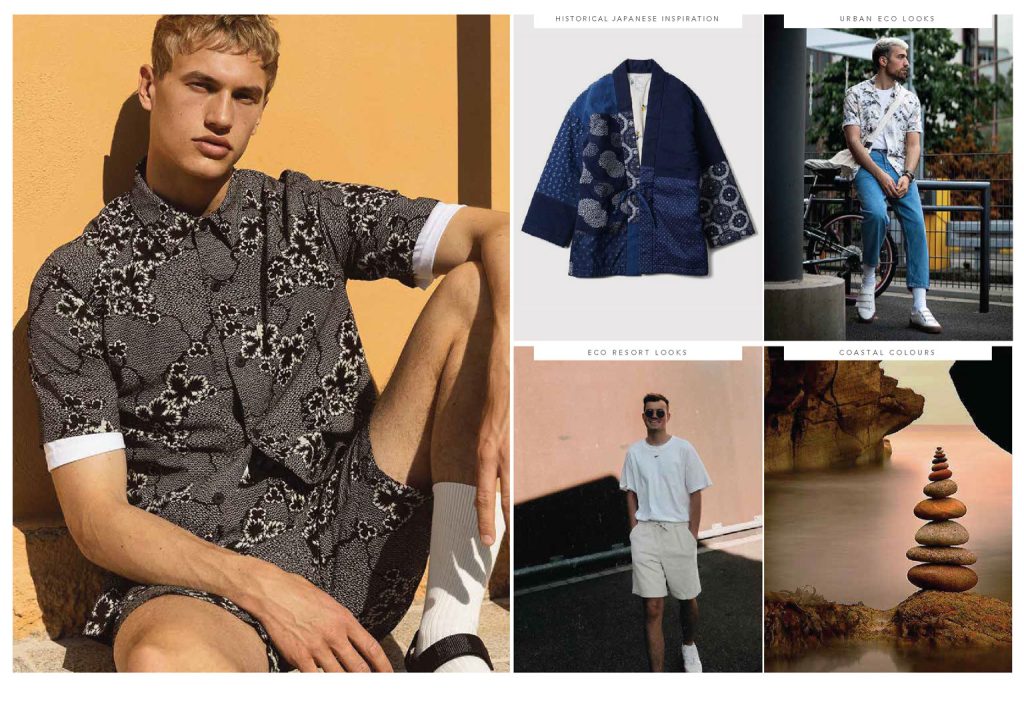
Are You Considering Starting a New Clothing Brand but Need to Know How to Start?
Research Your Competitors
Understanding your competition is crucial in finding a unique position for your clothing brand. Efficient competitor research allows you to identify and acknowledge what others in your field are doing well, where they may fall short, and how your brand can distinguish itself.
This does not mean copying what they are doing but rather recognizing an opportunity to offer something different, valuable, and appealing to your target audience.
It’s essential to identify both your direct and indirect competitors. Your direct competitors are clothing brands offering comparable products at matching prices and targeting the same customer base.
Indirect competitors, on the other hand, may sell different products or services. However, they still aim to reach the same target audience as you. It is crucial to understand their brand positioning to gain insights on distinguishing yourself and standing out in the market.
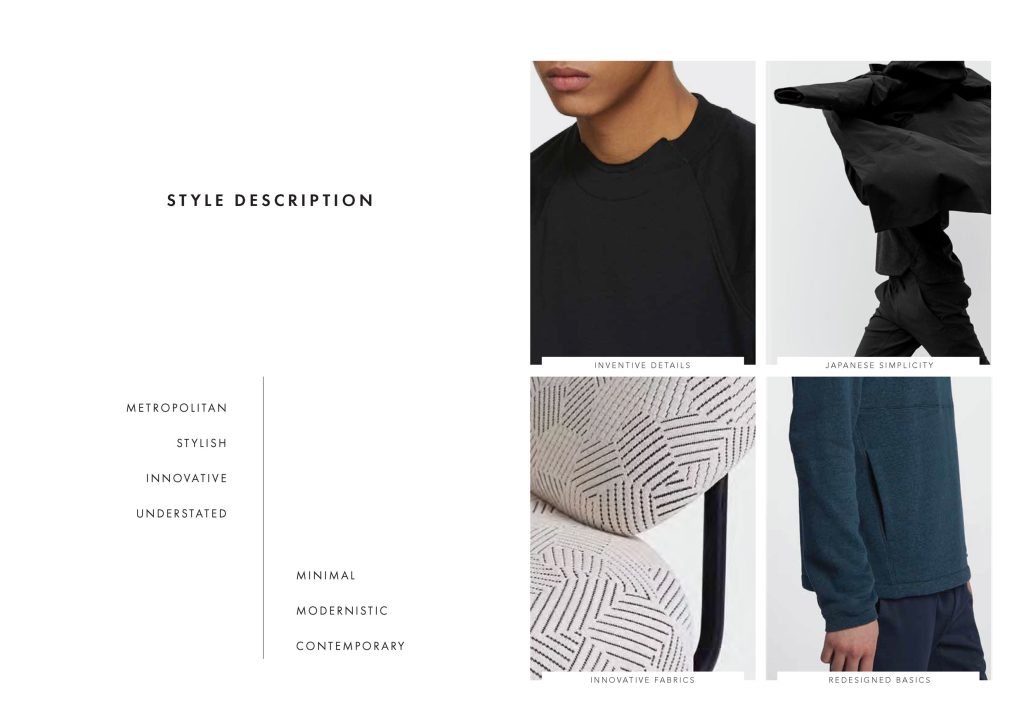
Distinguishing Your Clothing Brand from Competitors
Launching a clothing brand that stands out from competitors can be difficult. In order to achieve success, it is paramount to differentiate your brand by creating a unique position in the crowded clothing industry.
By doing so, you can grab your audience’s attention, leave an enduring impact, and establish a distinctive niche. To accomplish this, there are several key strategies that you might consider implementing.
Understand Your Competitors’ Strengths and Weaknesses
In order to win, it is vital to have a clear understanding of your competition, which can be achieved by analyzing their strengths and weaknesses, as well as their strategies and product offerings. By studying everything possible from your competitors, from their pricing, product line architecture, and marketing tactics, you can beat them and achieve success.
Focus on What Makes You Unique
As a clothing brand, it is crucial to identify your unique selling proposition. Is it your eco-friendly production methods, distinct cultural aesthetics, quirky designs, or fair-trade ethos? Highlighting the special elements in your marketing can help you stand out from your competition and grab the attention of potential customers.
Create an Engaging Brand Experience
It’s not just about the products you offer but the complete experience of your brand. From your webshop to the quality of your product images, the packaging, communication tone, and after-sales service, each aspect plays a role in creating an engaging brand experience.
‘Always keep in mind that your main goal is to create a deeper emotional bond between your target group and your clothing brand so they will choose you over your competitors.’
What Mistakes do Clothing Startups Make in Positioning Their Brand, and How Can they Avoid Them?
Many clothing startups make the common mistake of not defining and selecting their target audience when launching their brand.
It is crucial to know and understand your ideal customers, including their preferences, needs, and aspirations, as it can help you create a clothing brand that resonates well with your target market.
To avoid this mistake, startups must conduct thorough market research and create buyer personas to identify their target audience before starting with a new clothing brand.
Another mistake is trying to appeal to everyone.
Clothing startups often make the error of attempting to target a broad audience to maximize their customer base. However, this approach can dilute your brand message and make it difficult to stand out in a crowded market.
Instead, focus on a specific niche or segment of the market that aligns with your brand values and offerings. By catering to a particular audience, you can create a more robust brand positioning that resonates with your target customers.

Establish A Brand Personality
When creating a clothing brand, showing your brand personality is vital.
‘It’s not only about selling clothes but also about the emotions they evoke, the values they represent, and the community they build.’
Your brand personality is the heart and soul of your brand, and it’s something that your customers will eventually identify with.
To start, ask yourself what emotions you want your brand to evoke. For example, suppose your clothes are designed for the bold and adventurous. In that case, your brand personality should be adventurous, exciting, and youthful.
On the other hand, if you plan to sell luxury fashion items, an elegant, sophisticated, and exclusive personality may be more appropriate.
Remember that your brand personality is an extension of your identity. It contains everything from your values and mission to your brand aesthetic and the way you communicate.
How to Define A Brand Personality?
A way of defining your clothing brand’s personality is by attributing human characteristics such as elegance, youthfulness, boldness, or playfulness to it. To shape your brand’s personality, consider these steps:
Identify the Characteristics That Define Your Clothing Brand
Think about the emotions, moods, and feelings your clothes inspire or hope to inspire. These will guide your brand’s personality. For example, if your clothing line is all about sustainability, words like responsible, earthy, enlightened, or thoughtful could define your brand’s personality.
Think of Your Brand as a Person
Personifying your brand can help create a brand personality that resonates with your target group. Consider your brand’s characteristics if it were a person – would it be adventurous, laid-back, sophisticated, elegant, or rebellious?
Ensure Your Brand’s Personality Aligns With Your Target Audience
Make sure your brand’s personality aligns with the personality characteristics that your target audience values. Their preferences should influence your brand’s personality. Remember, they should be able to recognize themselves or their aspirations in your brand.
Consistency Is Key
Ensure every aspect of your brand reflects its personality, from the logo and website to communication. Cohesion builds brand recognition.
Evolve and Adapt
While consistency is essential, so is evolution. Trends change, and your brand’s personality should be flexible enough to adapt without losing its core qualities.
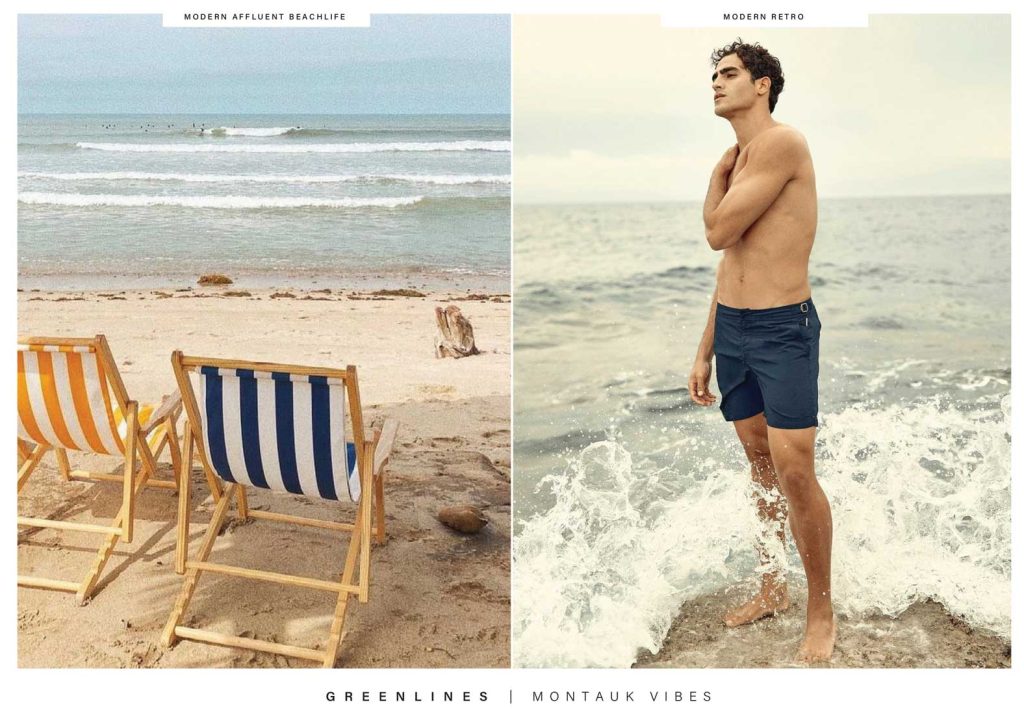
Create a Unique and Compelling Brand Story
A brand story is your brand narrative that combines the facts and emotions associated with your brand. By creating a compelling brand narrative, you can communicate your brand message in a way that resonates with your target audience and separates you from your competitors.
With a compelling brand story, you can create a deep emotional bond with your target audience.
As a clothing startup, it’s important to remember that a captivating brand story can engage customers with your brand and set you apart from your competitors. In addition, a well-crafted story can reinforce your brand positioning and help you to attract and retain your desired customers.
So, invest time and resources into creating a meaningful brand story that inspires people to participate in your brand’s narrative.
Therefore, a compelling brand story is vital for any clothing brand.
To create your brand story, consider these key points:
Start with your ‘Why’
It is crucial to communicate the reason why your brand exists. This goes beyond merely promoting your products or boosting sales; it involves showcasing your core values. This simple act can make all the difference in attracting customers and setting you apart from competitors. To quote marketeer Simon Sinek, “People don’t buy what you do; they buy why you do it.”
Make it personal and authentic
Sharing an authentic journey, including struggles and victories, is critical to connecting with others through human and relatable stories. Nowadays, it’s vital to be bold or even vulnerable to break through the noise in order to stand out.
Define what your brand stands for
It is crucial to determine which aspects of your brand are non-negotiable. Is it quality, sustainability, ethical sourcing, or a combination of these elements? When you communicate your brand values clearly in your brand story, people can better understand what your clothing brand stands for and form a stronger connection with it.
Show, don’t just tell
It’s essential to convey your brand’s values through words and visuals. Emotional connections and credibility can be established with your audience using photos, videos, and infographics. These storytelling techniques help you effectively convey the essence of your brand.
Make your customers a part of the story
Your clothing brand is not just about your business; it’s also about your customers. Your customers love to see how they fit into your brand’s story. You can showcase customer testimonials, success stories, or how your products have influenced their lives. This not only adds authenticity to your brand but it also significantly increases customer loyalty.
More
Like This
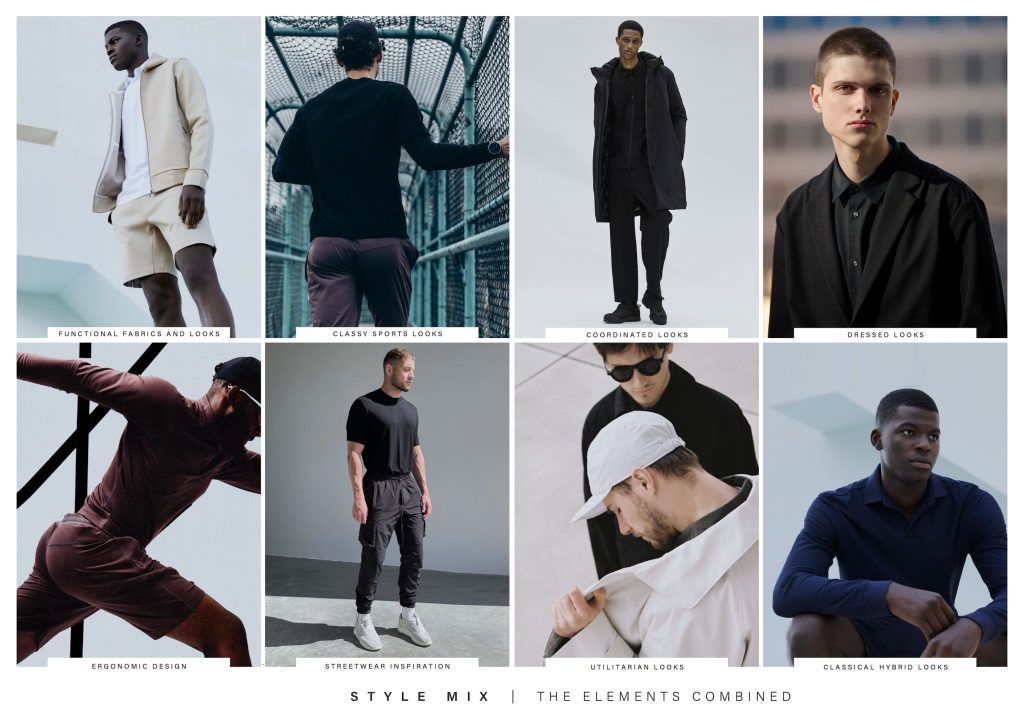
Create A Clothing Line
In 4 Easy Steps
Are you thinking about establishing a new fashion brand? That’s definitely an exciting and rewarding adventure.
But before you jump right into it, it’s important to have a clear plan and strategy to make it work. If you want to know how we can help you start in the best way possible, click the button and find out.
The Success Formula
Of Famous Fashion Brands
Have you ever wondered how the leading fashion brands and retail chains always seem to hit the mark with their clothing lines and make big bucks?
If you want to uncover their techniques and find out how they do it, click the button and learn how they work.

About Fashion Designer
Richard Roelofse
Richard has dedicated nearly three decades to providing top-notch fashion design and brand strategy services to leading fashion brands, top-tier sports brands, and global fashion retailers.
Richard’s comprehensive experience spans regions such as Europe, Australia, Canada, North America, China, Russia, Mongolia, Azerbaijan, and The Middle East.

Book Your
Free Masterclass
Failure is just around the corner if you don’t know how the fashion and clothing industry works.
This Masterclass will teach you what it takes and what you need to do to set up a successful Fashion Brand or Clothing Line. And you will learn how to avoid financial risks. After the Masterclass, you can make an informed decision if the potential benefits outweigh the financial risks.
